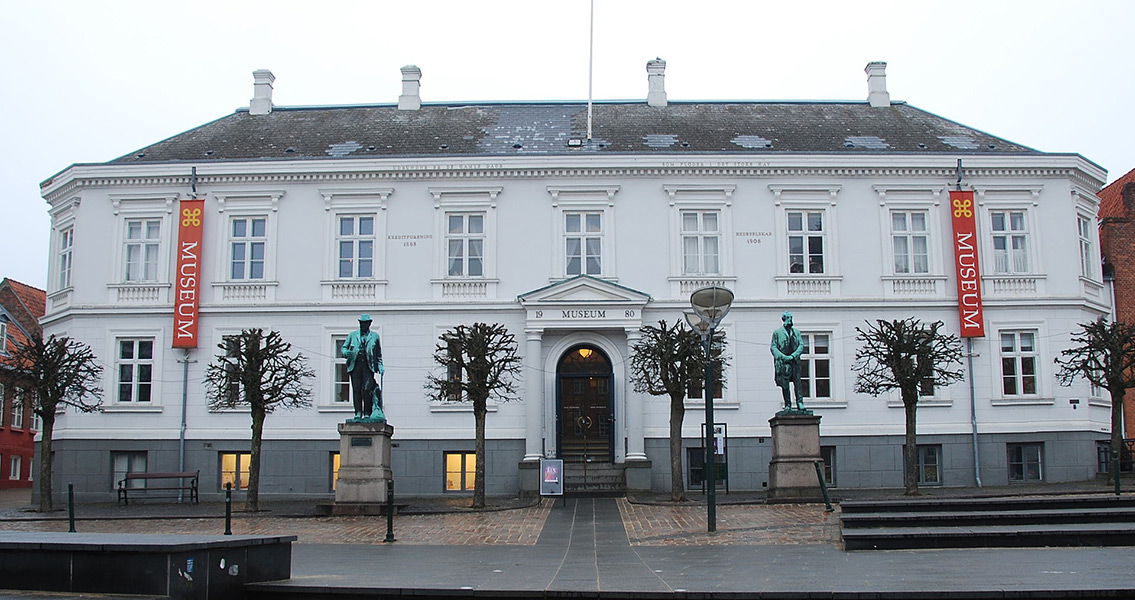<![CDATA[A group of metal detectorists working on an archaeological site in Denmark have uncovered a massive hoard of Danish coins dating to the fourteenth century in a field in the Jutland Peninsula. The discovery, announced in a press release from the Viborg Museum, consists of a number of coins dating to around 700 years in age. The coins were likely hidden sometime between 1300 and 1350 CE during a tumultuous period of Danish history characterized by civil war and an interregnum that saw royal rule temporarily suspended within the country. The quality of the coins is a clear indicator that they were struck during this highly unstable period of Denmark’s history. Viborg Museum officials pointed out that the low silver content and the poor quality minting of the coins themselves were unmistakable signs of their origin. Mikkel Kjeldsen, curator of the Viborg Museum, says that the owner of the coins could have had the idea of stashing them away somewhere as a hedge against the unstable times, though it remains a mystery why he never returned to reclaim his coins after conditions improved within the country. The early fourteenth century was a disastrous period of time for Denmark. The reign of Christopher II was marked with incredible losses of territory to German and Danish barons, he was overthrown in 1326, regained the throne as a powerless puppet in 1329, and eventually died in prison in 1332. Christopher’s son Valdemar was placed on the throne in 1340 in an attempt to reclaim land mortgaged to baronial interests by his father, largely succeeding in piecing the kingdom back together by 1360. At the same time the Black Death ravaged Denmark, by all accounts making it a dangerous and miserable time to be alive and living on the Jutland Peninsula. The search that uncovered the coins was part and parcel of wider efforts by archaeologists to excavate and study a building dating back to the Iron Age that was found in a field outside the town of Foulum in north-central Jutland, close to Viborg. The discovery of the medieval-era coins in such close proximity to a building that dates to a period 1,000 years before it wasn’t necessarily something that was unheard of, according to the Central Jutland Detector Society’s Morten Nielsen, who was one of the individuals who uncovered the civil war-era discovery. However, Nielsen did say that the sheer number of coins found in one place hidden purposefully in the way that they were creates an air of mystery, making people wonder why such a large hoard was stashed – and by whom. The coins are currently being cleaned in order to be presentable for display at the Viborg Museum sometime in the immediate future. Image courtesy of Lars Schmidt ]]>
14th Century Danish Coins Found in Field
